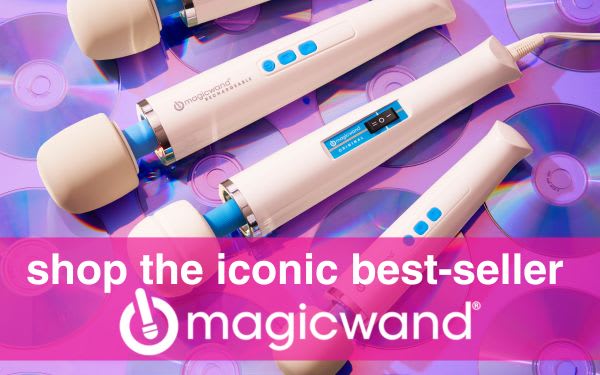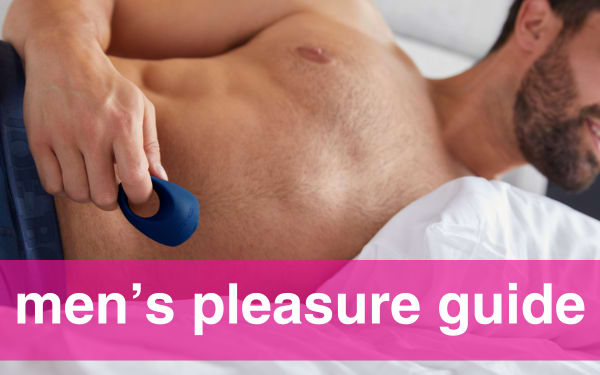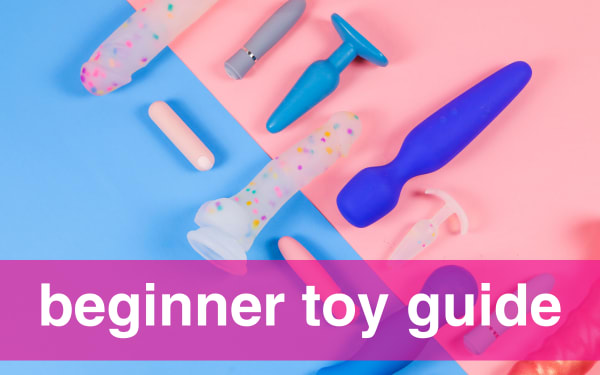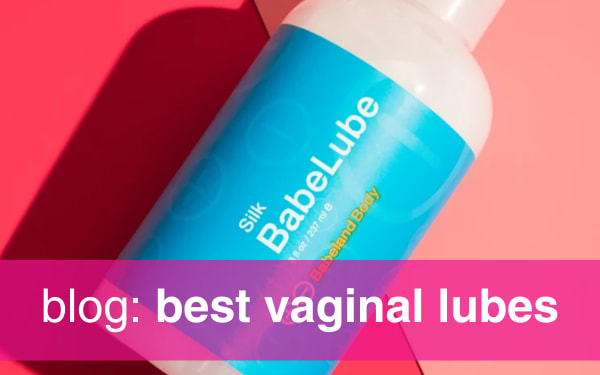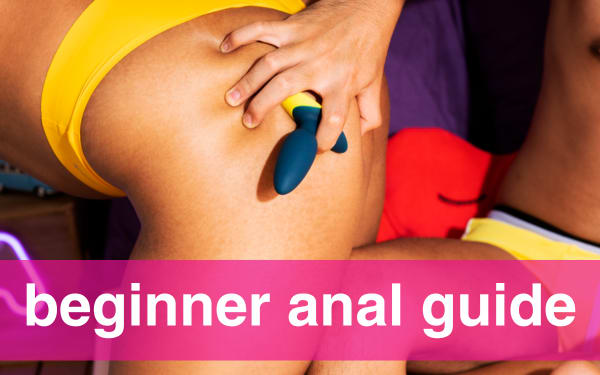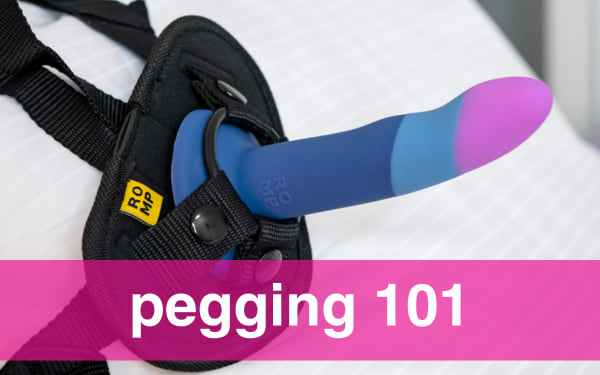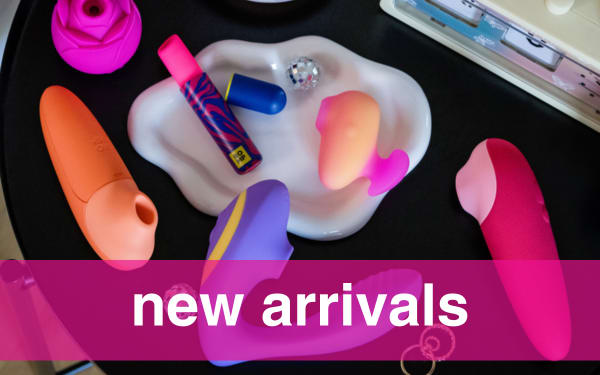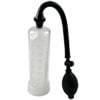 The New York Times recently published an article about alternative treatments for Erectile Dysfunction (turns out, Viagra doesn't work for everyone). While I do think this country spends entirely too much time focusing on ED at the neglect of many other equally important concerns, I chuckled to myself as I came across this paragraph:
The New York Times recently published an article about alternative treatments for Erectile Dysfunction (turns out, Viagra doesn't work for everyone). While I do think this country spends entirely too much time focusing on ED at the neglect of many other equally important concerns, I chuckled to myself as I came across this paragraph:Another cost-effective option is a vacuum erection device or penis pump. It works like this: you place a tube on the penis and then pump the air out of the tube, which pulls blood into the penis. When the penis is erect, you then put a snug ring around the base to maintain the erection, which lasts long enough to have sex.
The cost for the device, which requires a prescription, can run from $300 to $600, but most insurers and Medicare will cover part of the cost and the device should last for years. Even if you spend $300 out of pocket and use the device once a week, you?ll be spending much less per year than on pills or injections. You can also buy a nonprescription pump online (even Amazon carries some) for as little as $30, Dr. McCullough said.
That's right, ladies and gentlemen, we're talking about penis pumps in the New York Times. As I was reading this, I couldn't believe they decided to stress the prescription pumps which are so expensive and leave cheaper pumps as an after thought. I was also disappointed they didn't mention that there are helpful and informative places to buy and learn about these pumps (ahem, Babeland) but what can I expect - it's the New York Times, after all. We help plenty of people with ED and I bet it's more fun to shop with us than from a medical supplier.Did you catch the sideways mention of cock rings? Again, New York Times, just come right out and name the thing. How are people supposed to know where to get one or how to ask for it? Any doctor reading this article who might now decide to mention this to a patient may have no idea what it actually is or how to direct their patients to get one.Although it doesn't explicitly say this, this article does illustrate that sex toys can have many uses, from pleasure to health - or a combination of the two. The same toy can mean vastly different things depending how and why it is being used. Medicine often walks this line, helping patients with problems that are not just strictly medical but also quality of life issues as well.Medical providers, have you ever referred a patient to Babeland? What for?